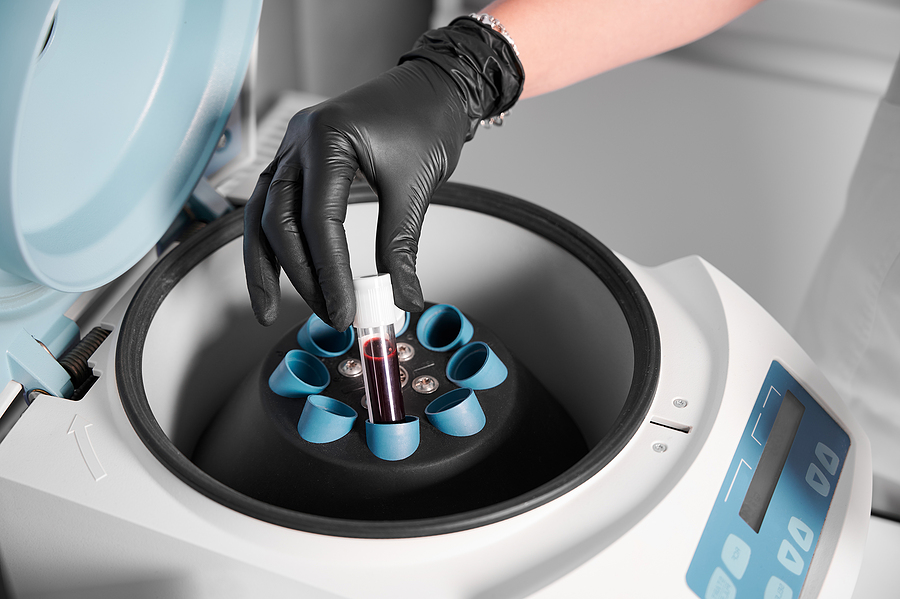There's Keystone in every Great invention
Inoculation Propagation
April 21, 2021
There’s a Keystone in every great invention.
The discovery and advancement of inoculations has transformed medical research and saved billions of people from diseases like polio and smallpox. Virus mutations and animal reservoirs are two contributing factors to the emergence of new viruses with pandemic potential. This is evident from the recent COVID-19 outbreak, which was a result of the novel human coronavirus SARS-CoV-2. Researchers still have much to learn about controlling viral diseases and their outbreaks.
Viruses replicate through host cells and interaction with many different proteins. These protein-protein interactions (PPIs), known as the virus-host interactome, can be targeted with therapeutic drugs to inhibit viral infection or subsequent replication. By targeting cellular proteins, researchers can develop inhibitors against the virus-host interactome. Researchers aim to circumvent the possible emergence of drug-resistant virus mutants, as cellular proteins have much lower intrinsic mutation rates than viral proteins. Another approach to reduce viral mutations is to develop antibody cocktails, a mix of neutralizing antibodies that target different epitopes on viral surface proteins.
Inoculation History
Used to combat smallpox, the first inoculation methods consisted of the deliberate introduction of material from smallpox pustules (scabs) into a person’s skin. This would typically produce a less severe infection than naturally acquired smallpox, while inducing immunity. This first method for smallpox prevention, smallpox inoculation, is now also known as variolation.
The earliest stories of inoculation are from China during the 10th century. Wang Dan (957–1017), a Song dynasty chancellor, lost his eldest son to smallpox and wanted to save the rest of his family from the disease. He summoned physicians, wise men, and magicians from all across the empire to share ideas on a cure. Allegedly, a divine man from Mount Emei carried out the first inoculation. However, the first confirmed reference to smallpox inoculation in China comes from a Ming dynasty pediatrician named Wan Quan's in his book Douzhen Xinfa 1549.
Inoculation spread to Europe and the Americas in early 1700’s. In Europe, starting with Royals and the wealthy. Voltaire wrote about Turkish inoculation practices in 1742. India, Ethiopia and West Africa all have reports of inoculation techniques around the same time.
Edward Jenner coined the term vaccination in 1798 when he released his “cowpox” inoculation to fight smallpox.
Vaccine Developments
Vaccines began as injections of similar viruses. Today, vaccines are developed from native viruses that are inactivated (killed with radiation) or attenuated (activity has been reduced as to not infect the recipient). Either method results in the body recognizing the intrusion and creating antibodies.
 The second generation of vaccines use recombinant protein-based solutions. Rather than introduce the entire virus to the patient, a protein – most commonly the spike protein - is isolated and used.
The second generation of vaccines use recombinant protein-based solutions. Rather than introduce the entire virus to the patient, a protein – most commonly the spike protein - is isolated and used.
The third generation of vaccines utilize nucleic acid-based vectors such as DNA or RNA. It codes the protein – the body generates the protein itself. The scale and infrastructure needed for this type of vaccine is not yet well developed.
Researchers use a wide range of laboratory test equipment to develop modern vaccines. From blood cell analyzers and counters to centrifuges to electron microscopes to thermocyclers for DNA amplification and manipulation (PCR testing).
A wide range of Keystone products can be found in laboratory testing equipment. From analyzers to XYZ manipulators, Keystone products including Battery Clips, Contacts & Holders, PCB Test Points &Terminals; Panel & Computer Hardware and PCB Pins, Plugs, Jacks & Sockets support




 Check out our Blog
Check out our Blog